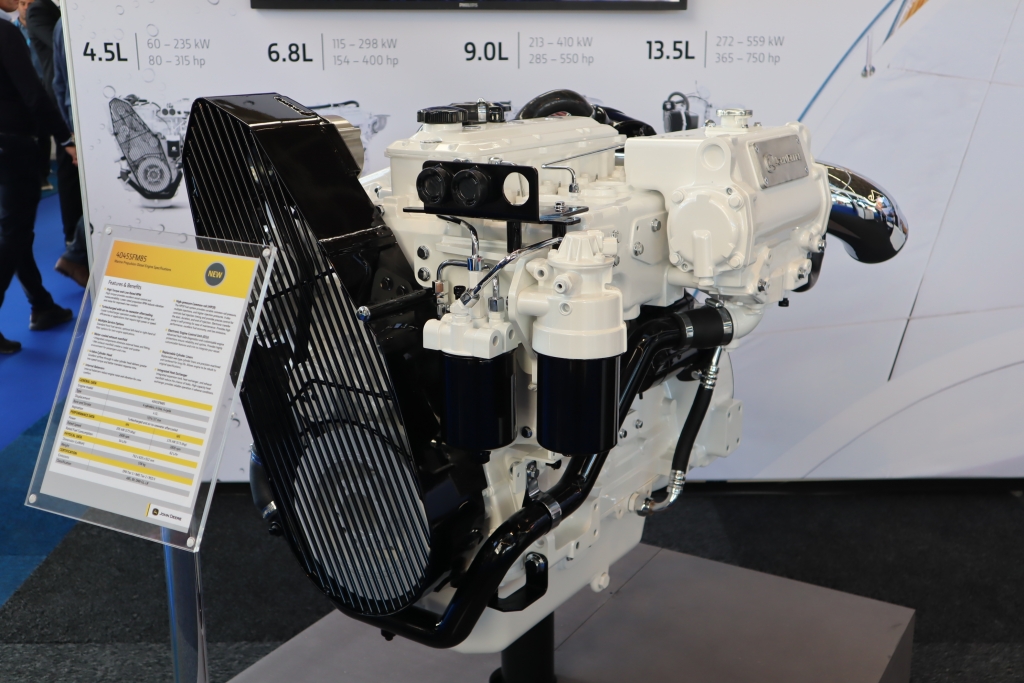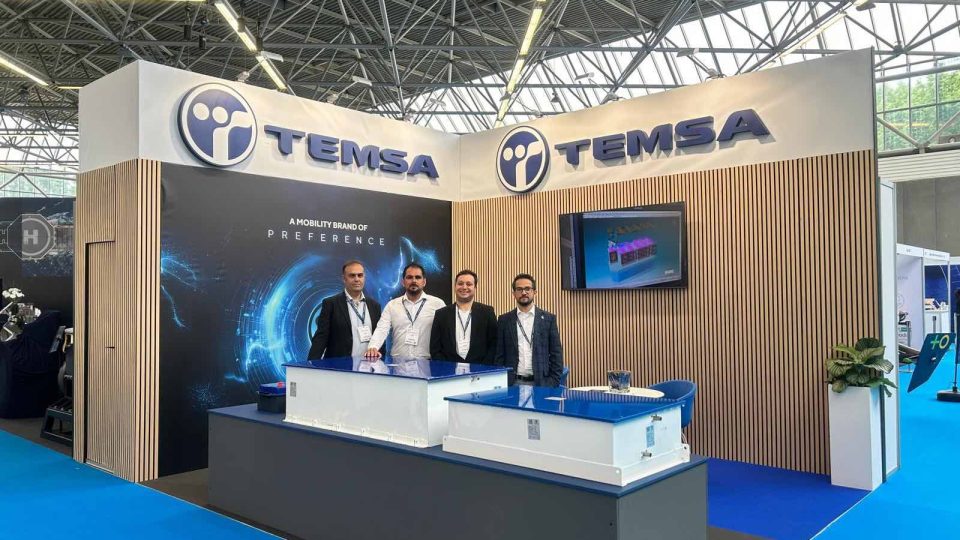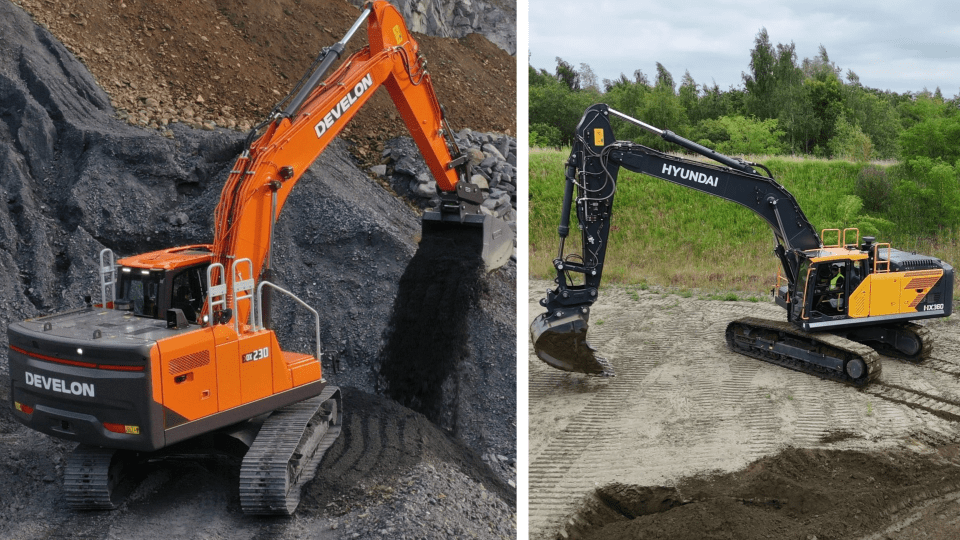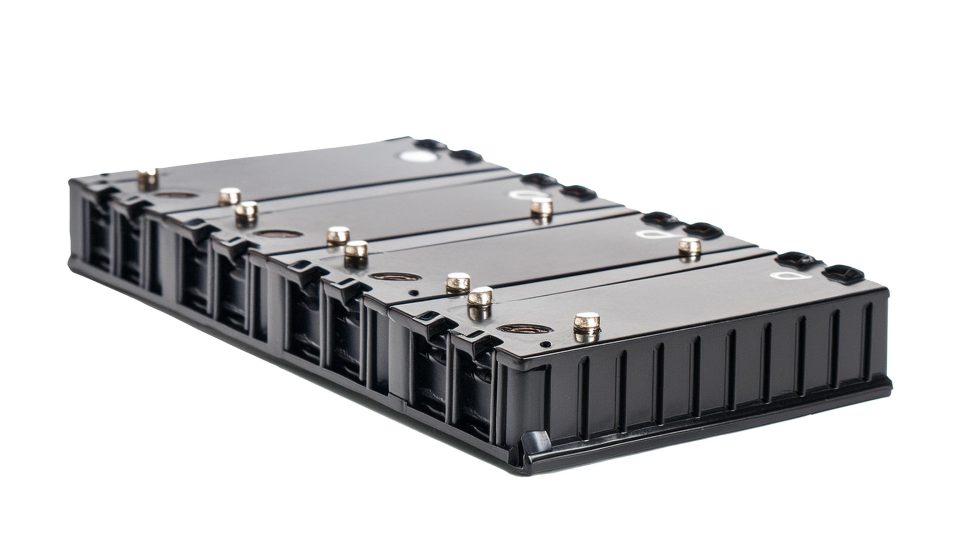John Deere and the marine engines: what we saw at Mets
John Deere and the marine engines. The Illinois-based manufacturer wants to be a primary brand not only in the agricultural field, but also in marine applications, according to a path that started quite a long time ago. For this reason, the company put on display at the latest edition of Mets several examples within a […]
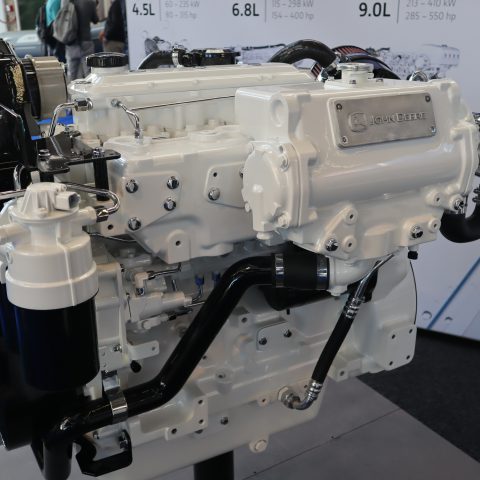
John Deere and the marine engines. The Illinois-based manufacturer wants to be a primary brand not only in the agricultural field, but also in marine applications, according to a path that started quite a long time ago. For this reason, the company put on display at the latest edition of Mets several examples within a range of engines with power from 60 to 559 kilowatts and a maximum displacement of 13.5 liters.
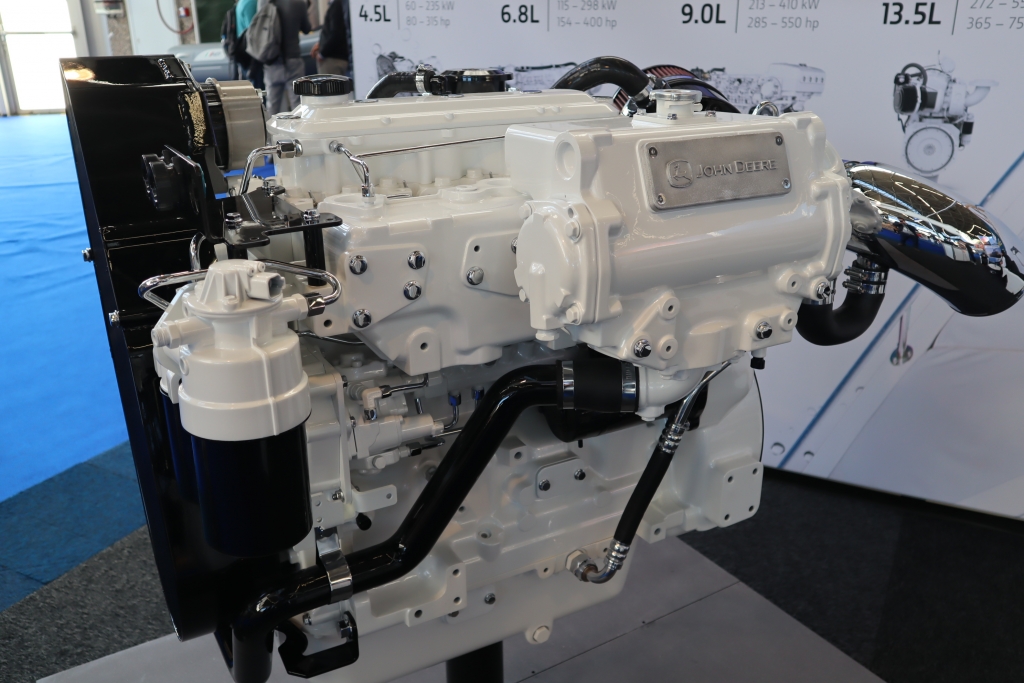
Reliability, first of all
«We are increasingly broadening our focus from light commercial applications or fishing boats to pleasure boats, which is why we believe in the Mets as a primary trade show. The reliability of our brand, certainly due to our long experience in agriculture, helps us a lot to approach new customers, who are generally very satisfied with our marine engines. In this sector, indeed, we want to increase our market share by relying on agricultural or CE expertise. We are also very careful about certifications, for which we refer to our network of local distributors, who generally know the requirements and standards of each area better than we do». These are the words of Jean-Michel Grimault, John Deere’s account manager who was with us during our raid on their stand.
JOHN DEERE AND THE STAGE V AT AGRITECHNICA
John Deere and the marine engines: the flagship
The flagship of the US company participation at the Mets was the 4045SFM85, a 4.5-litre, 4-cylinder engine capable of delivering from 205 to 235 kilowatts of power with different cooling and after-treatment system configurations and suitable for fishing boats, small work boats and patrol boats.
